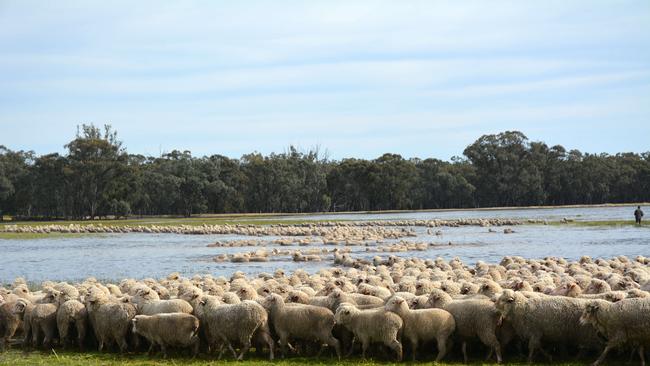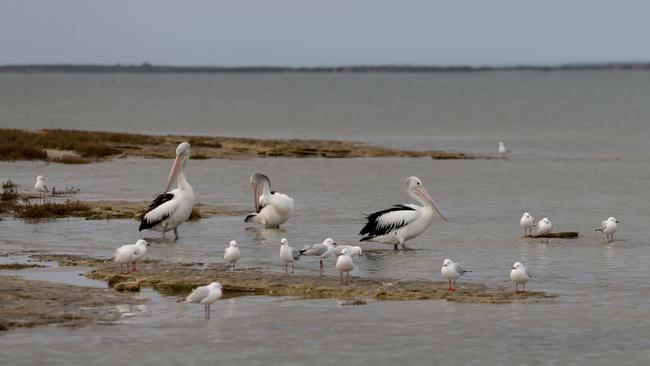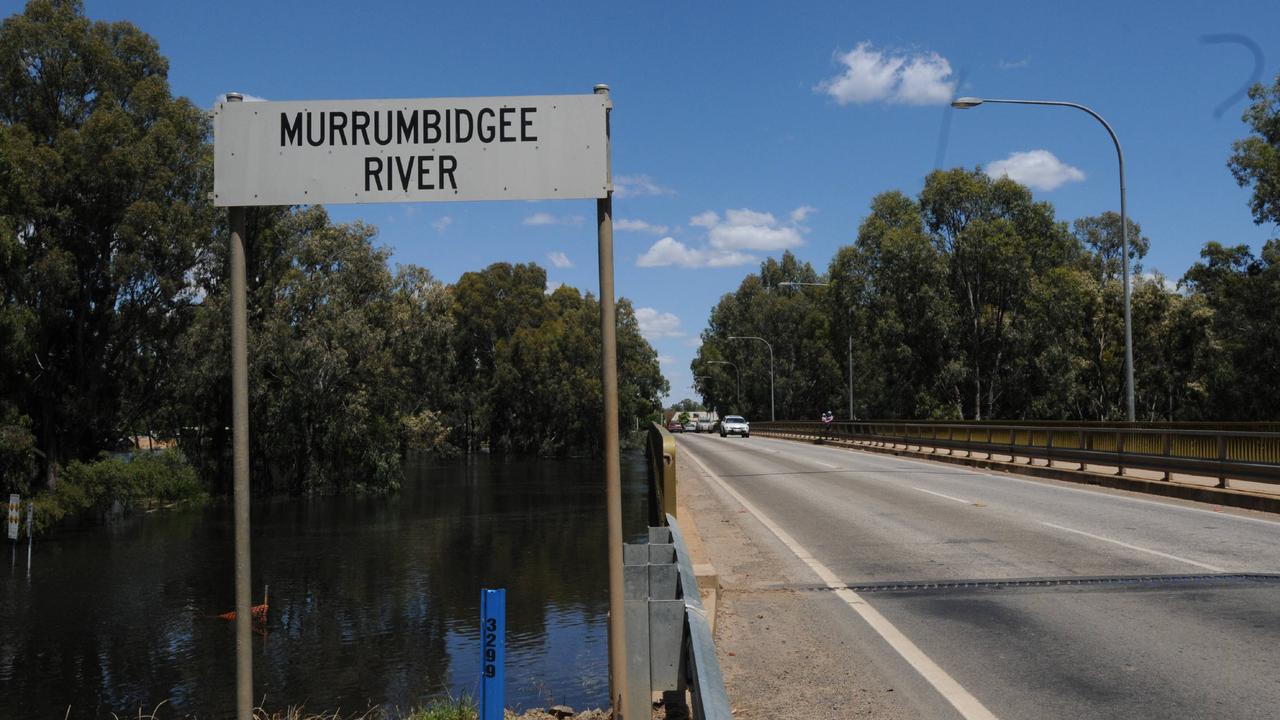Beyond the myths, the truth about Murray Darling water
It’s time to debunk some of the myths of the Murray Darling Basin Plan, writes Peter Hunt.
Myth 1
It’s possible to recover an extra 450GL to lift the basin recovery target to 3200GL, creating a peak flow of 80 gigalitres a day across the South Australian border to flood 75 per cent of the southern systems wetlands and floodplains.

Fact:MDBA modellers, who came up with this myth, failed to ground-truth their work.
To get 80GL a day across the SA border would require the MDBA to simultaneously lift Goulburn River daily flows to 40GL at McCoy’s Bridge, 18GL down the Darling River to Wentworth and another 40GL down the Murray.
It would require the removal of major constraints on flows — lifting dam outlet capacities, raising bridges, levies and roads, and gaining owner approval to flood at least 3000 farms and other properties.
Yet Federal Water Minister David Littleproud and Prime Minister Scott Morrison maintain the myth, offering only $1.5 billion for projects to recover this 450GL. And Minister Littleproud has privately told irrigators the 450GL cannot be recovered.
Myth 2
The Lower Lakes are a RAMSAR-listed freshwater system of such high ecological value they must be maintained at less than 1500EC (seawater is about 50,000EC) as enshrined in the basin plan.
Fact:University of Sydney researcher Anna Helfensdorfer and her colleagues found the sea, not the Murray River’s flows, are the dominant influence on the lakes.

They examined the silica skeletons of algal species preserved in lake sediments, called diatoms, which indicate salinity levels over the past 7000 years
Until 5000 years ago, when sea levels were two metres above present levels, not only were the Lower Lakes marine, but tidal influences extended 200km upstream, close to Blanchetown.
As sea levels fell the influence of the Murray River’s freshwater flows increased, but the sea still penetrated the Lower Lakes, creating the complex and variable environment upon which Australia’s native aquatic life, birds and plants survive.
The installation of the barrages in 1940s created a highly regulated pondage, ideal for exotic species, such as carp.
Myth 3
Water can be recovered for the environment without negative third-party impacts on the irrigation system, water markets or regional communities. This is the socio-economic test developed by the Water Ministerial Council in December 2018.
Fact:No matter what the project, irrigators, their communities or state governments must hand over water entitlements for the environment in return for federal funding.
That means less water in the consumptive pool, higher market prices and the loss of regional wealth and jobs.
Almost a quarter of all jobs have evaporated across the Murray Darling Basin’s south in 15 years, most since 2007.
Ministers and bureaucrats talk up win-win water savings projects, but the reality is all the cheap savings are gone.
Myth 4
The market will solve everything, say some water brokers, CSIRO and state water bureaucrats.
Fact:Water markets lack transparency, are poorly regulated and open to manipulation.
It’s not new. The Weekly Times first reported in 2008 on insider trading by irrigators, who knew Murray Irrigation Limited was about to slap a $382 a megalitre compulsory termination fee on trade outs.
Since then we’ve regularly reported on brokers trading off their own and in one case a wife’s water licence, others manipulating trade barriers, while more recently covering speculators ripping into allocation markets.
But politicians have done little to regulate the brokers.
Myth 5
Water will move to where it can be used most efficiently and to its highest value use.
Fact:Water has moved to its highest value use. But at a pace that has outstripped irrigation communities’ ability to adapt.
The loss of 25 per cent of irrigators’ water to the environment under the basin plan, the rapid growth in permanent plantings and speculators entering the market has meant rapid, steep price rises that have devastated the Riverina rice industry and irrigated dairying.

Early on in the basin debate CSIRO and others forecast water would also move closer to its source, boosting the efficiency of water use.
In fact most irrigation development has gone downstream of the Barmah Choke, tapping into cheap cropping country to plant almonds, olives, tablegrapes and other horticultural crops.
The upshot is a legacy of risk, which could lead to billions in losses if water can’t be delivered below the choke.


